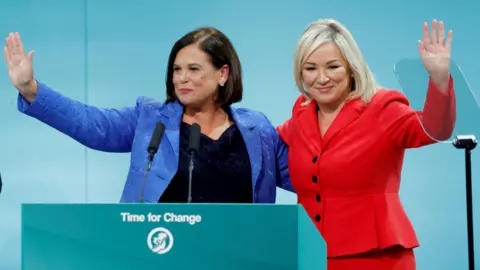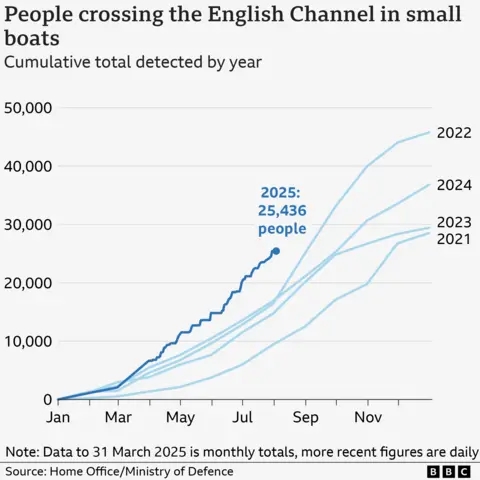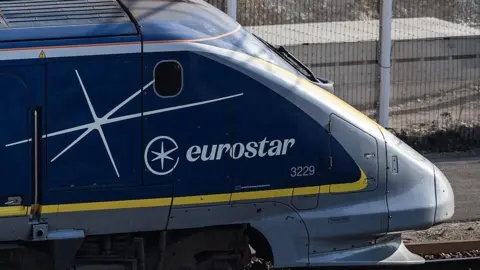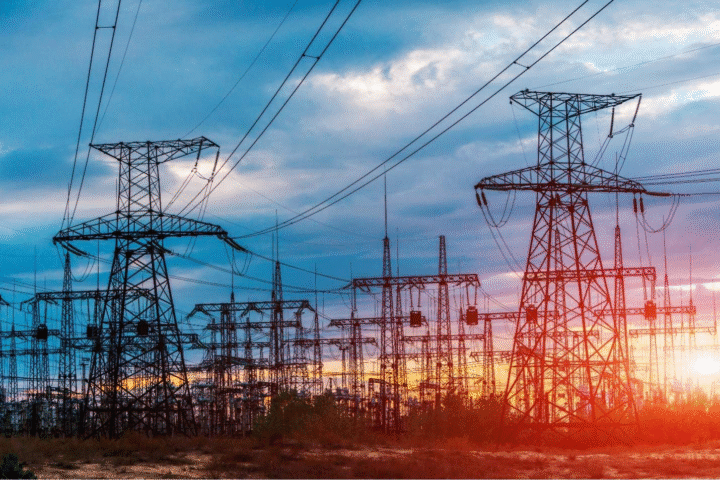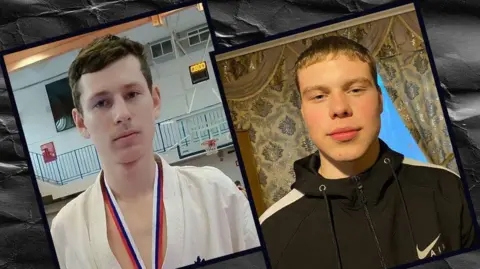Sinn Féin’s leadership is set to convene this weekend to deliberate on its approach to the upcoming Irish presidential election. The party’s Ard Chomhairle, comprising top officials and regional representatives, will assess internal discussions on whether to field a candidate or endorse a unity contender from the opposition.
The election must take place before November 11, when President Michael D. Higgins concludes his second term. As Sinn Féin weighs its options, several critical factors will shape its decision.
1. Backing a Left-Wing Unity Candidate
Initially, Sinn Féin appeared inclined to support a joint opposition nominee, reinforcing solidarity among left-leaning parties. Earlier this year, independent Senator Frances Black emerged as a favored choice due to her advocacy for banning trade with Israeli settlements—a stance aligned with Sinn Féin’s policies. However, Black withdrew from consideration in June.
Now, independent TD Catherine Connolly seeks Sinn Féin’s endorsement, though her lower profile could complicate efforts to rally broader opposition support. The dilemma remains: if left-wing parties aspire to present a unified front in future elections, can they afford division in this high-stakes race?
2. Fielding a Sinn Féin Candidate
Running its own contender carries significant risks. The party’s last presidential bid in 2018 saw former MEP Liadh Ní Riada secure just 6% of the vote—a result that cast doubt on its electoral strategy. After a disappointing general election performance earlier this year, another poor showing could further dent confidence in the leadership.
Presidential campaigns are costly, with expenses exceeding €400,000, and the personal scrutiny candidates face can be politically damaging. Yet, the potential reward—a Sinn Féin president—might justify the gamble.
3. Potential Candidates
If the party opts to compete, its strongest contenders include leader Mary Lou McDonald, Northern Ireland’s First Minister Michelle O’Neill, and Donegal TD Pearse Doherty. Former leader Gerry Adams, though well-known, may be seen as too old for the role. Meanwhile, Belfast North MP John Finucane, a skilled debater, could appeal to voters seeking fresh leadership.
4. Risks for Mary Lou McDonald
A presidential bid could serve as an exit strategy for McDonald, whose leadership has faced criticism following electoral setbacks. Winning the presidency would elevate Sinn Féin’s influence, but defeat could force her to reconsider her political future. Alternatively, steering clear of the race might be the safer choice, allowing her to focus on rebuilding the party’s standing.
Other Contenders in the Race
Beyond Sinn Féin, several figures have expressed interest in the presidency. Independent TD Catherine Connolly and former EU Commissioner Mairead McGuinness (Fine Gael) have already declared their candidacies. Fianna Fáil, yet to confirm a nominee, may back academic Deirdre Heenan.
Notable outsiders include ex-SDLP leader Colum Eastwood, entrepreneur Peter Casey—who placed second in 2018—and celebrities like Michael Flatley and Conor McGregor, though their prospects remain uncertain without substantial political backing.
The election, though largely ceremonial, holds symbolic importance, particularly amid debates over Irish unity. As Sinn Féin deliberates its next move, the party’s decision could reshape its trajectory—and Ireland’s political landscape—for years to come.
